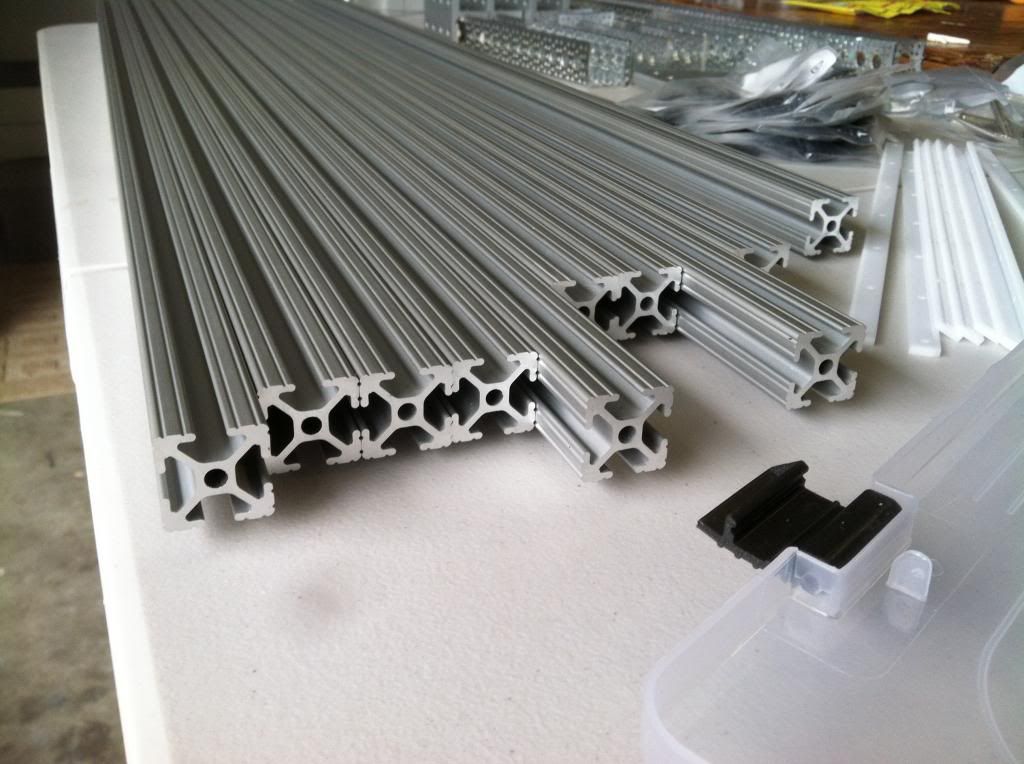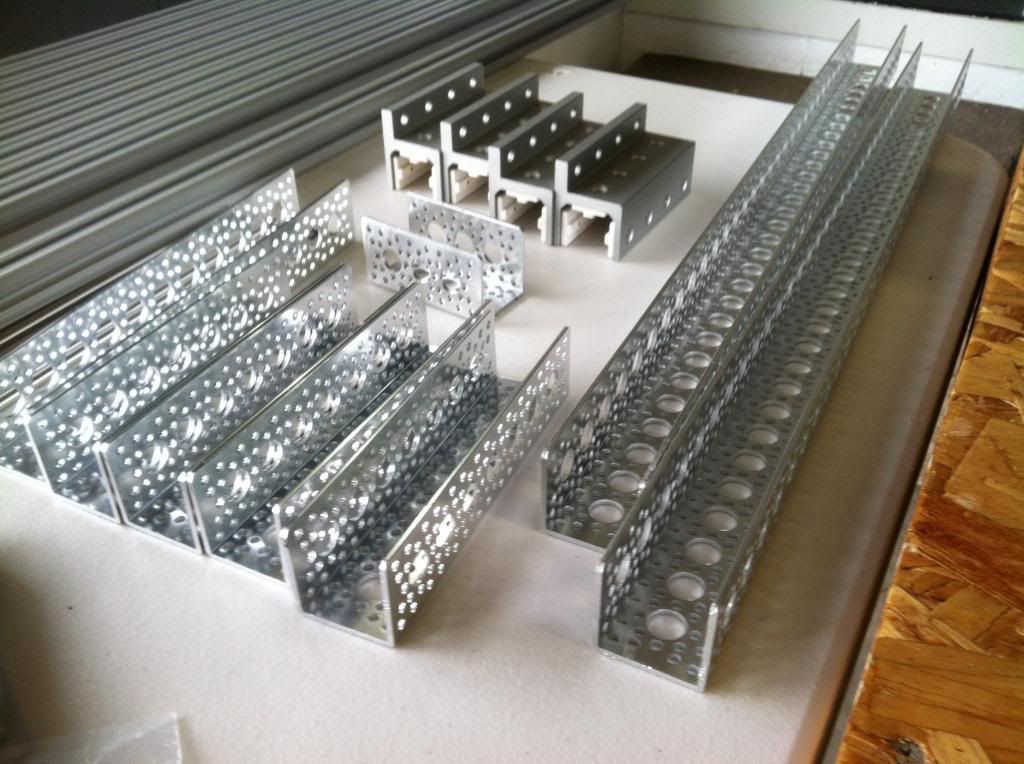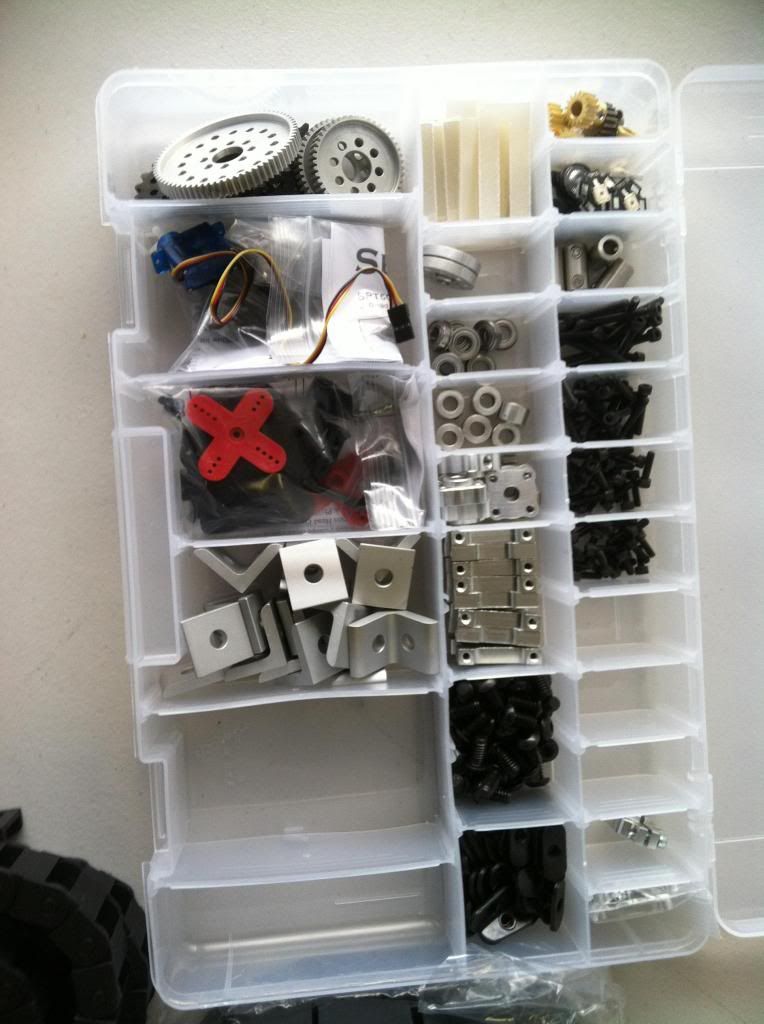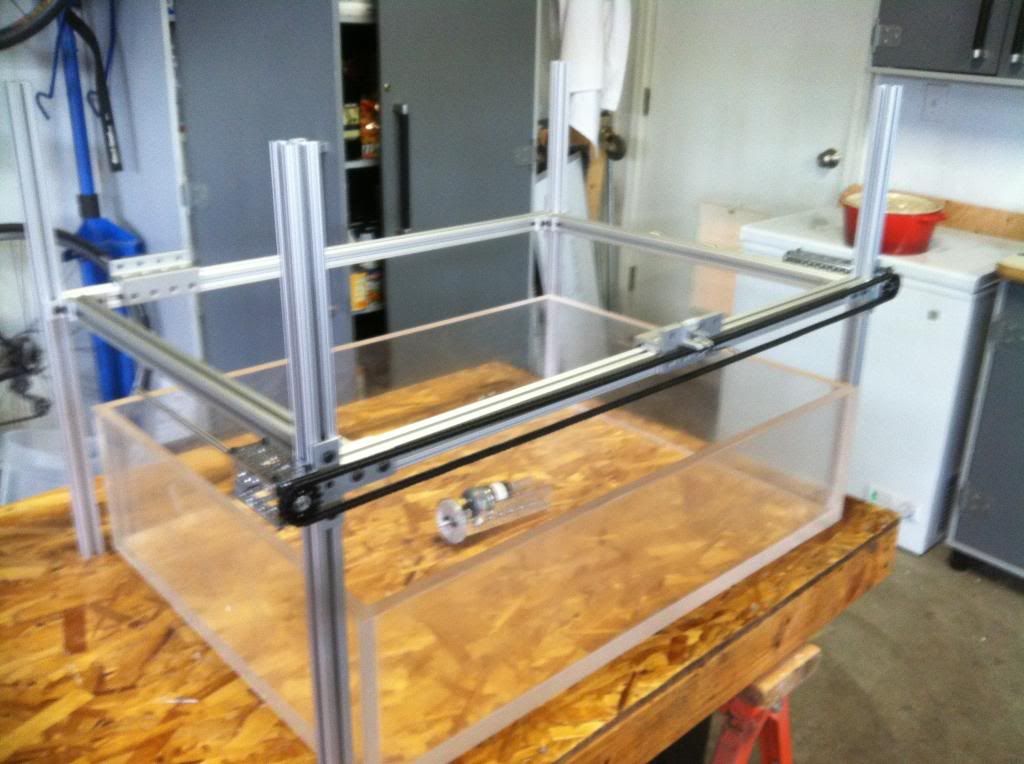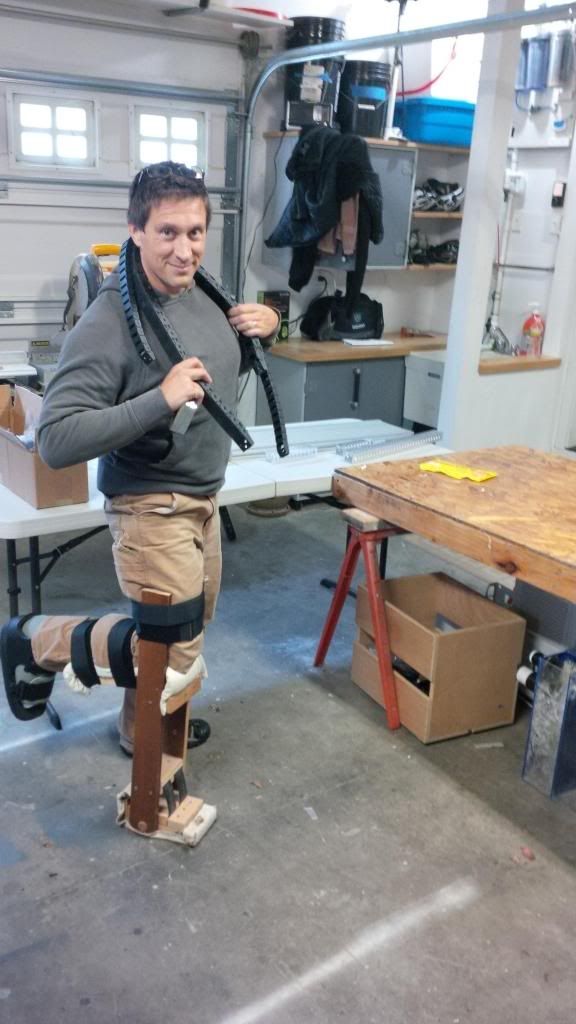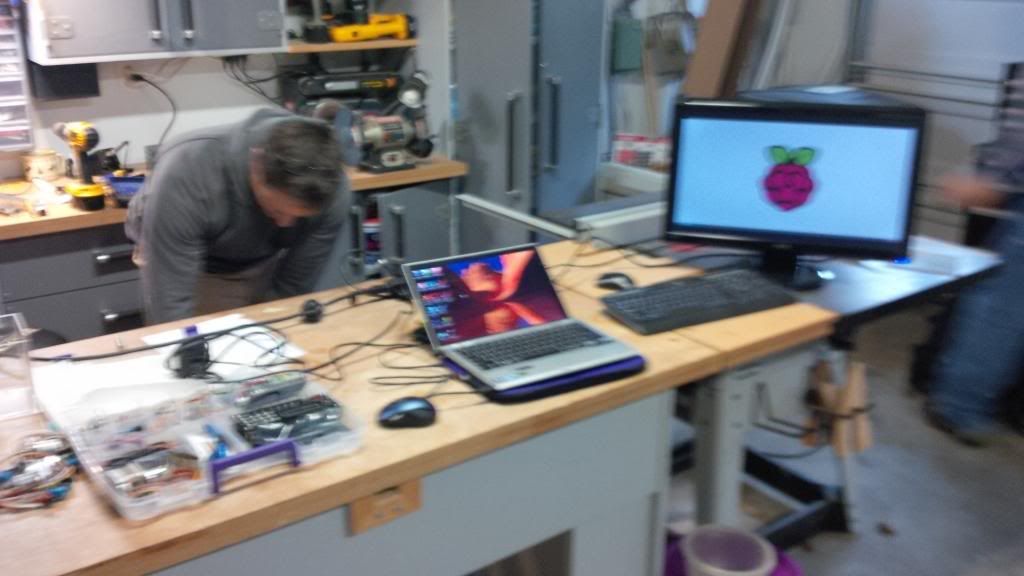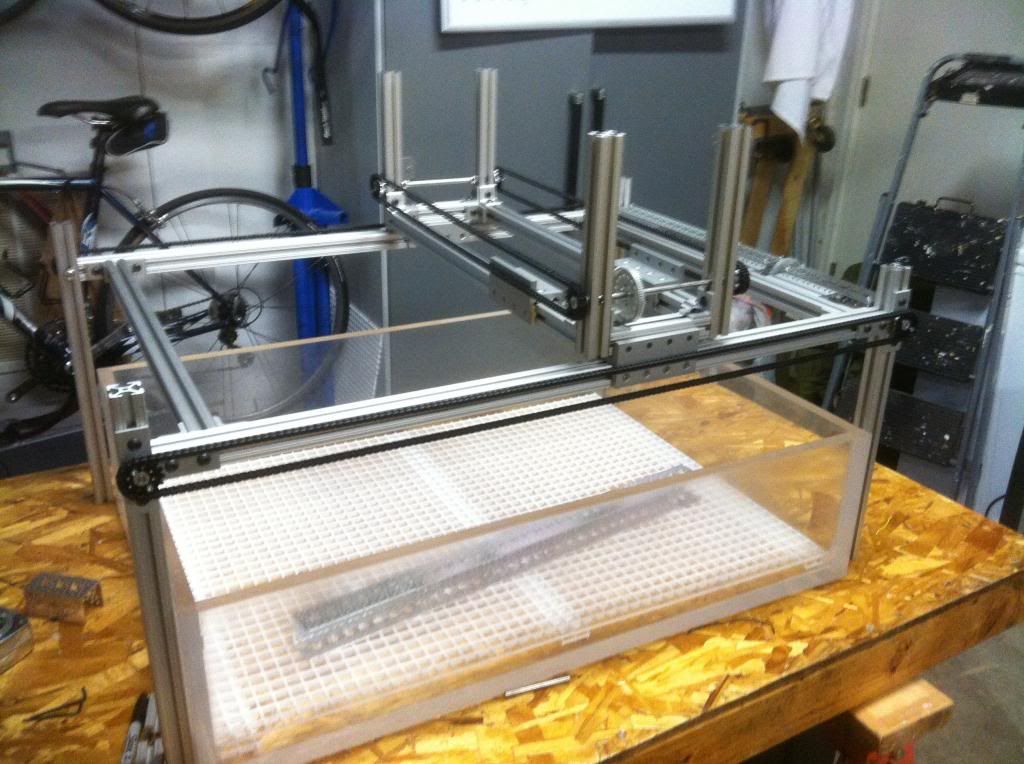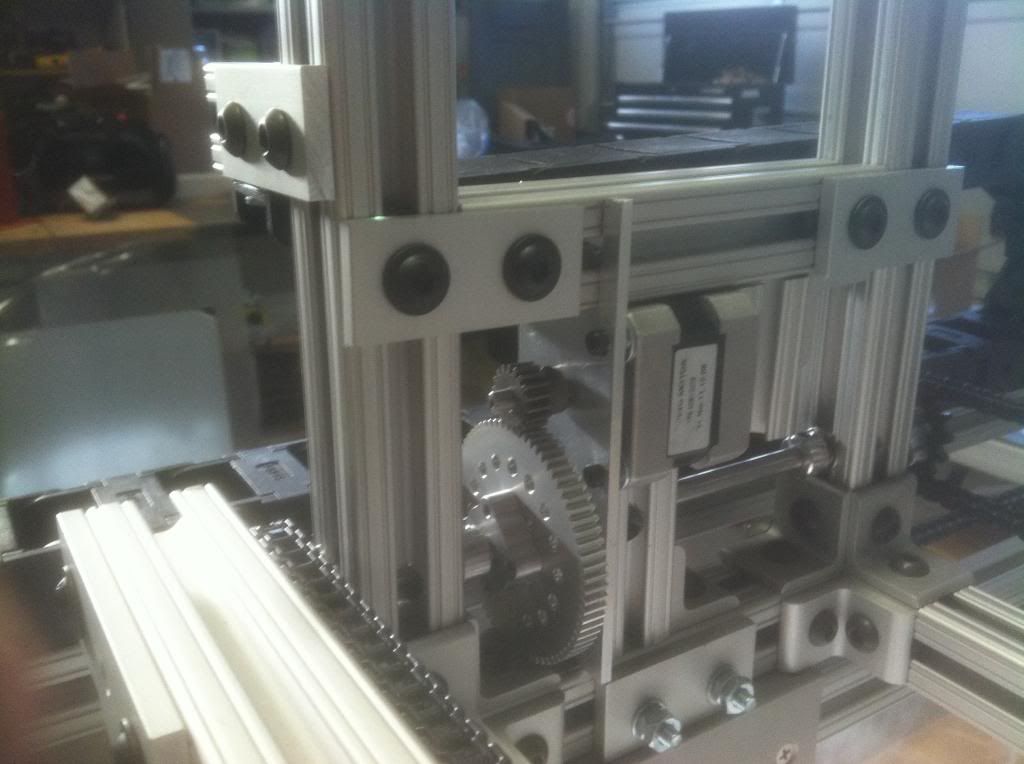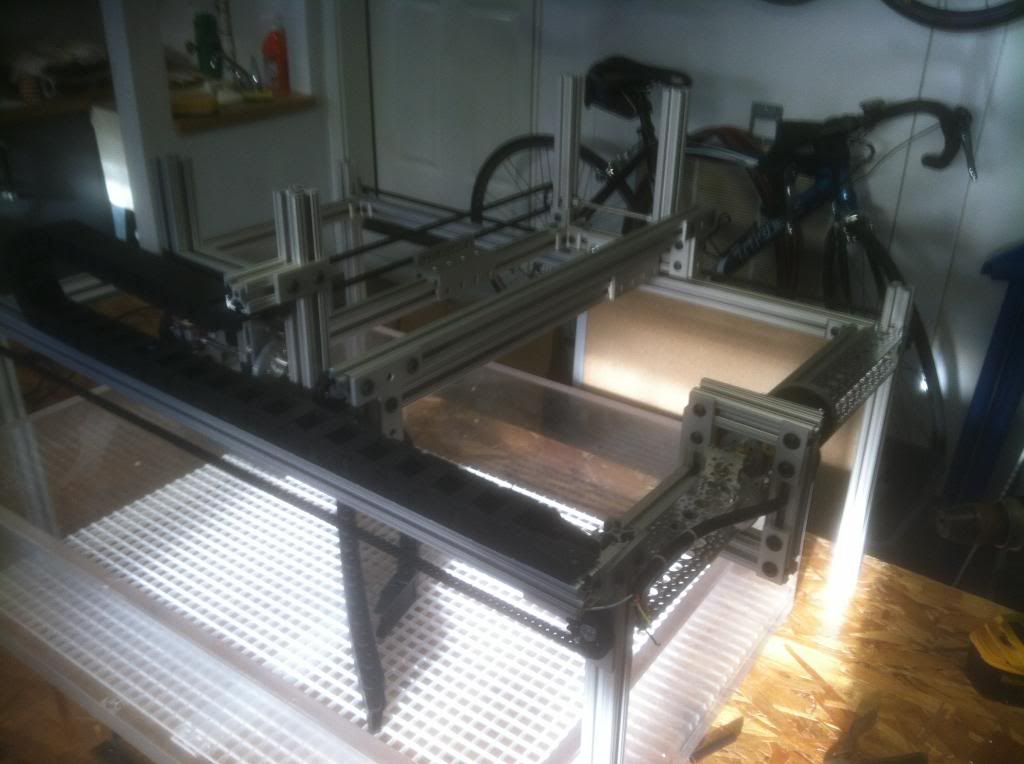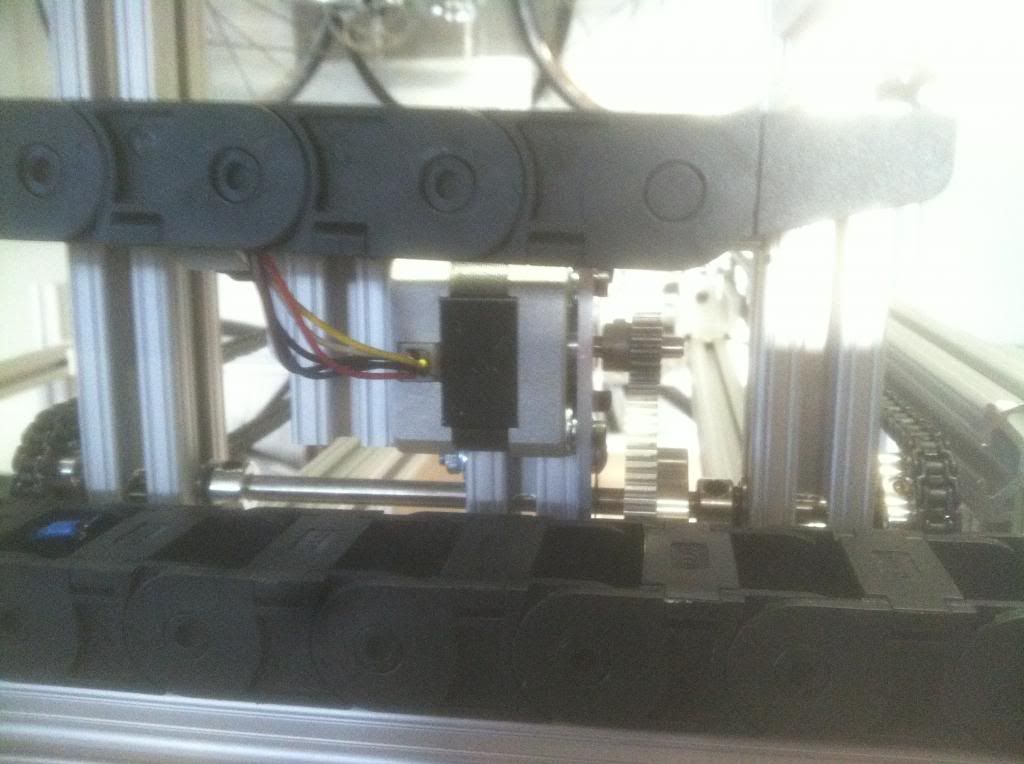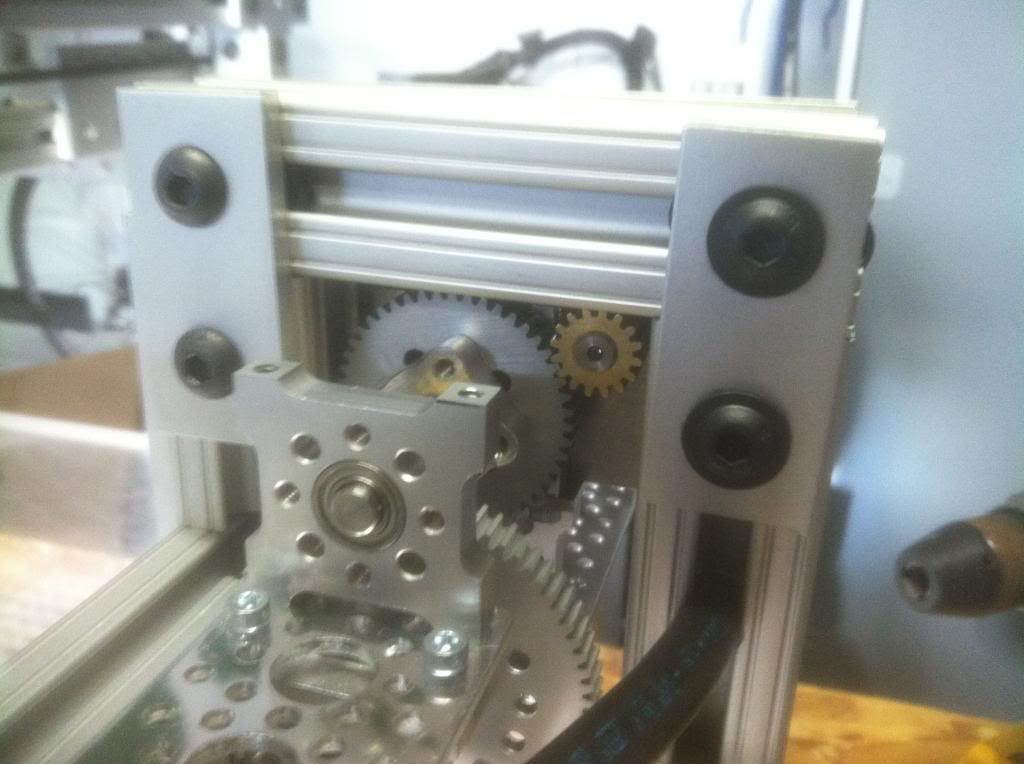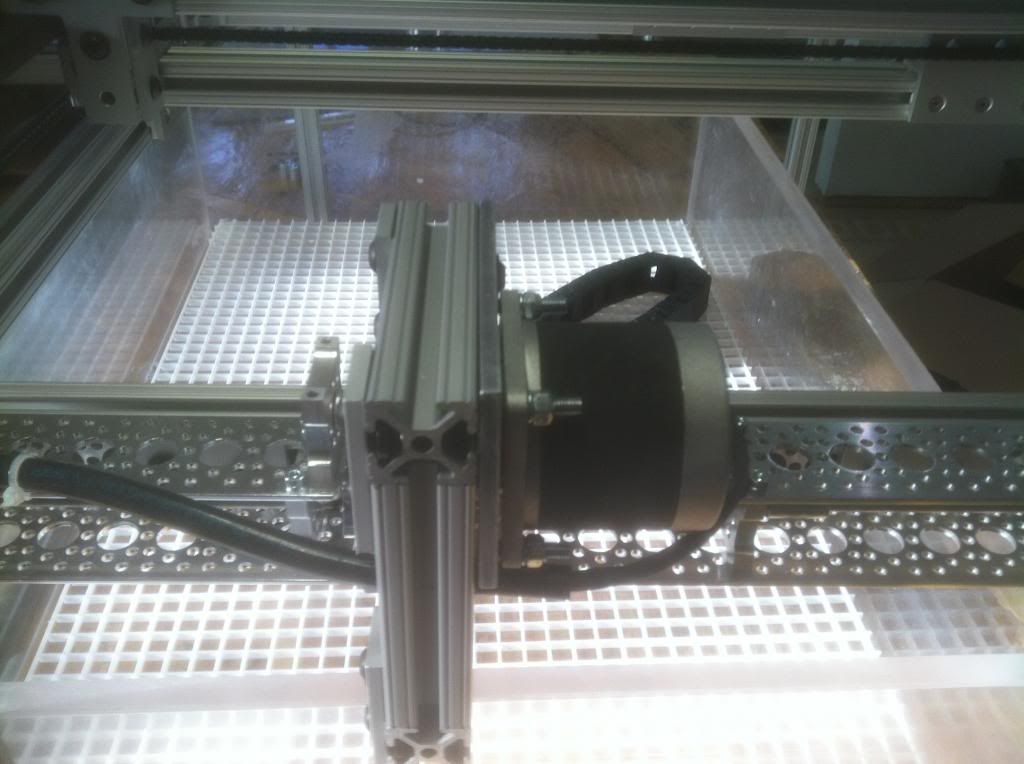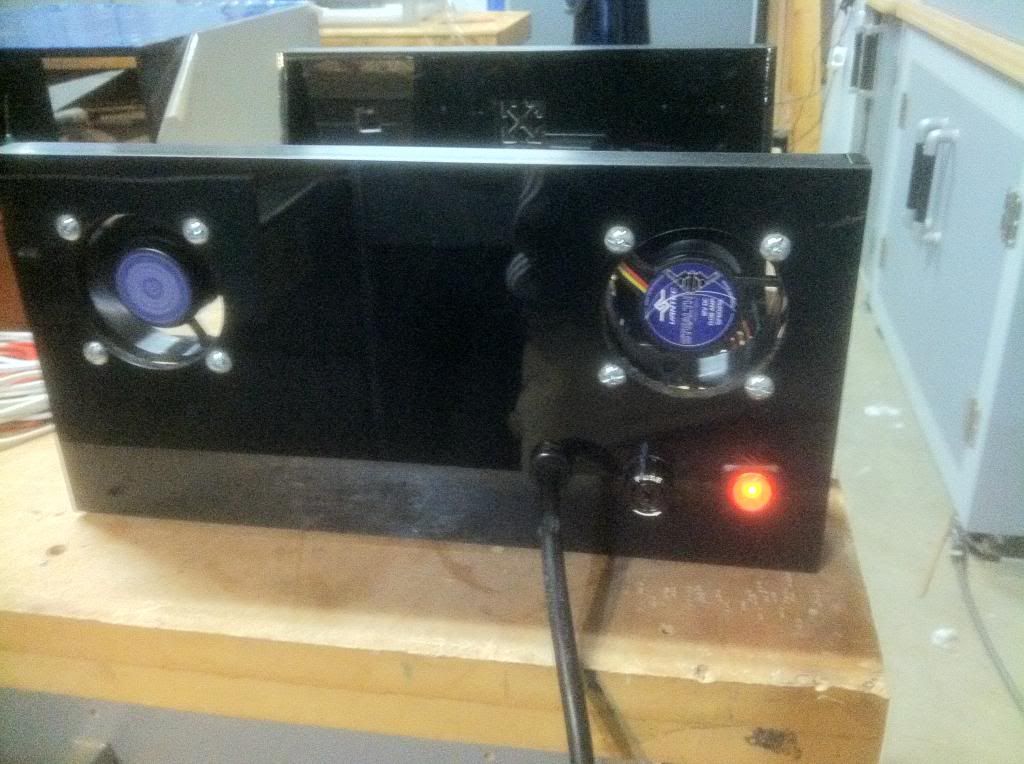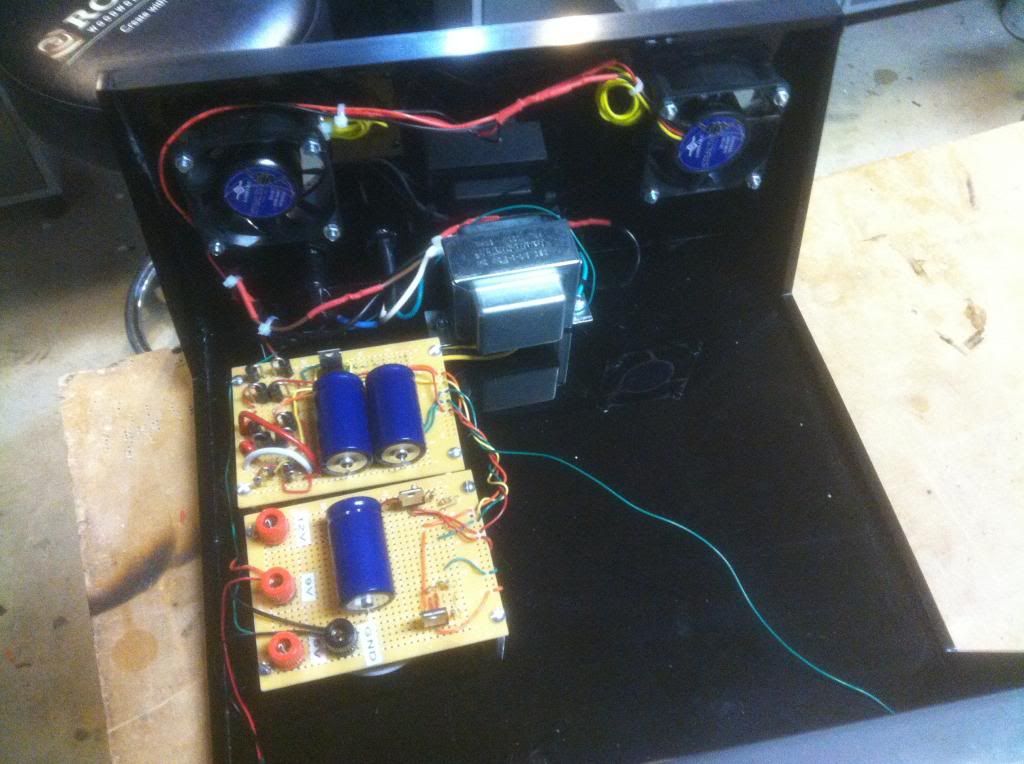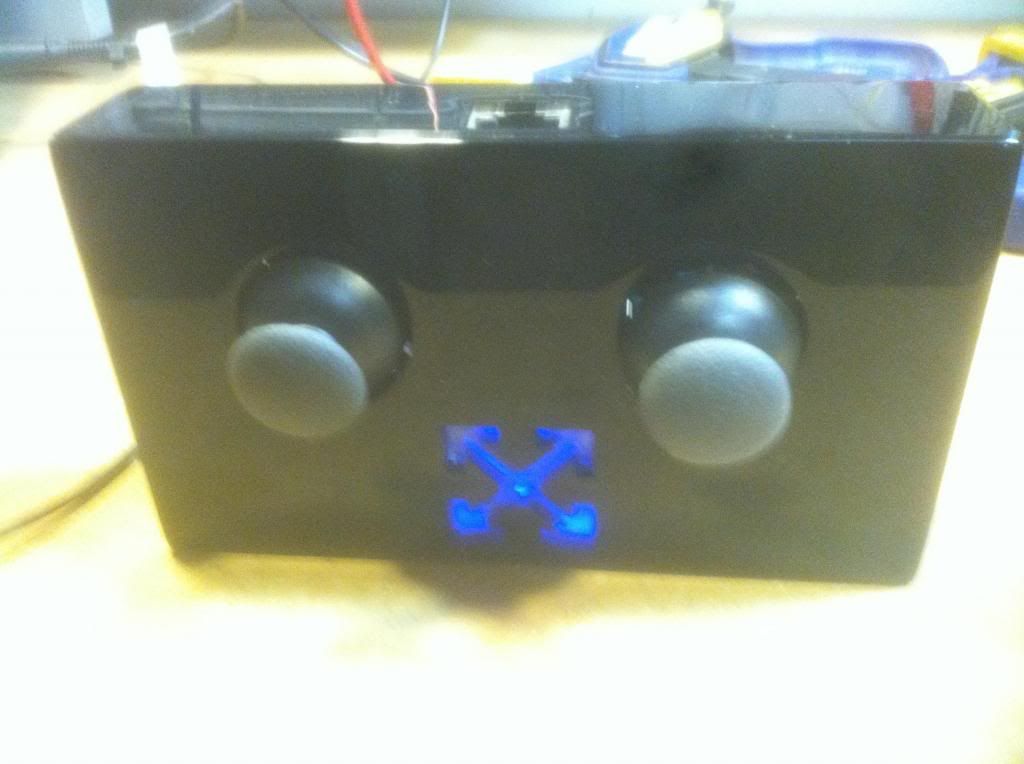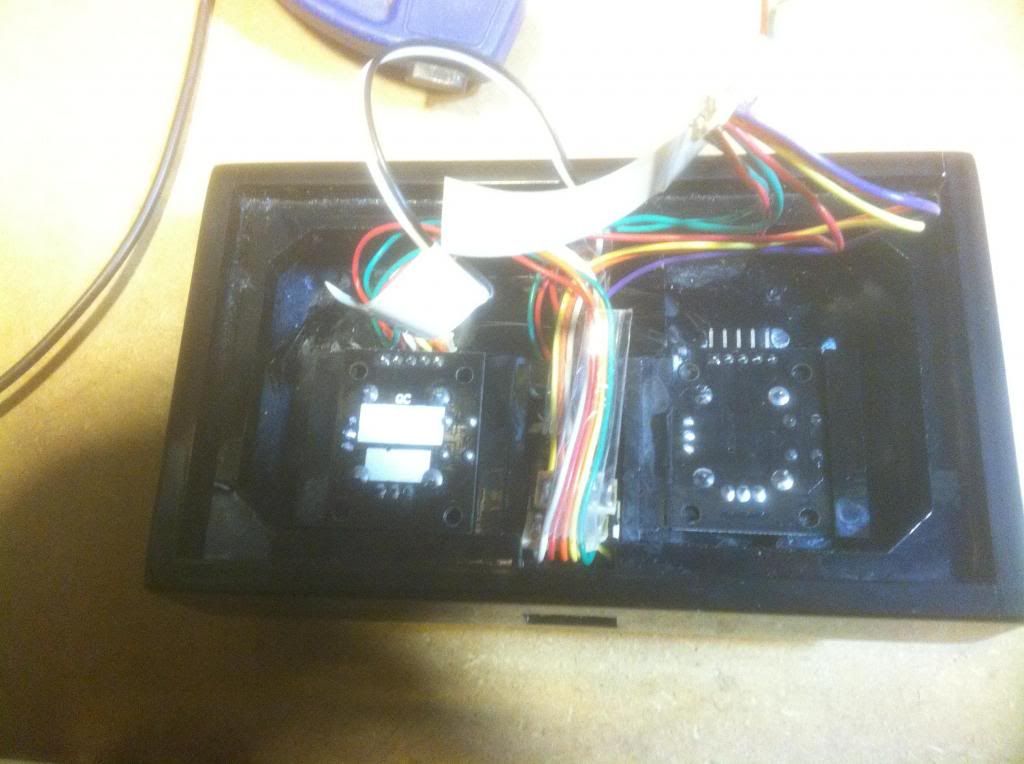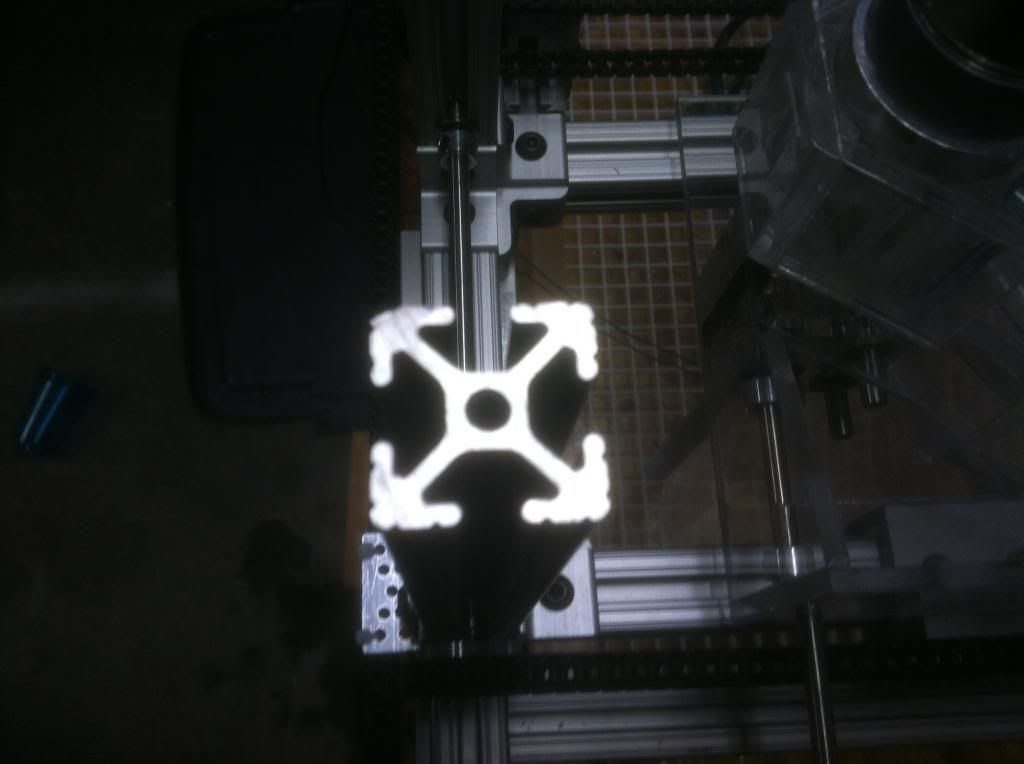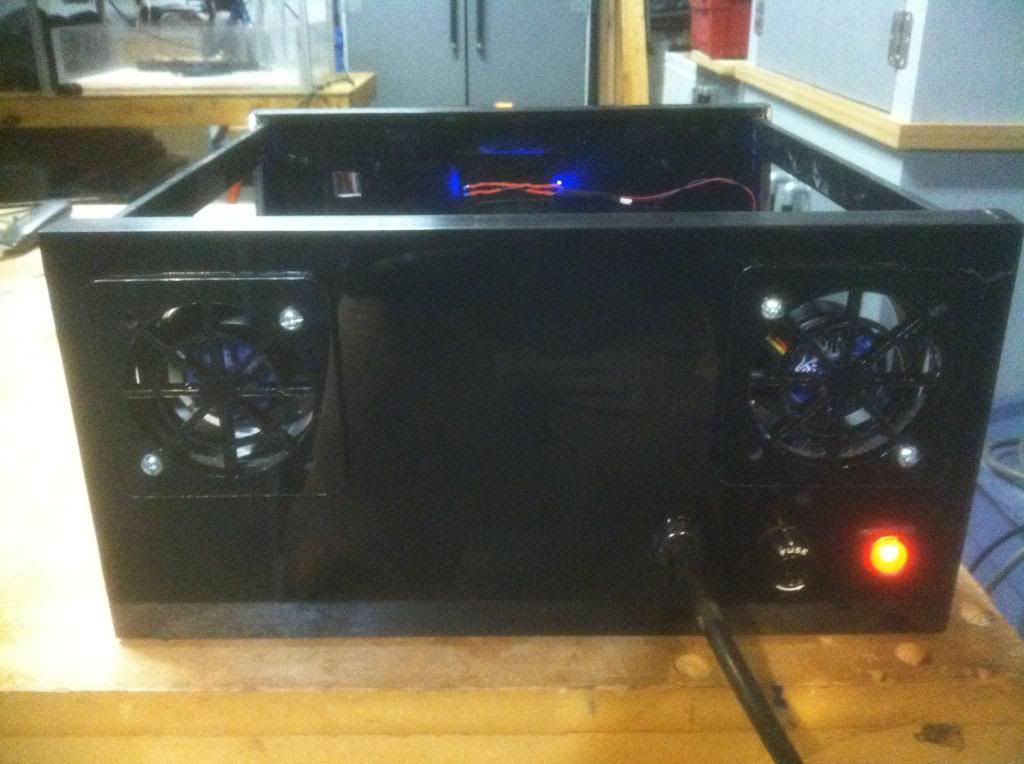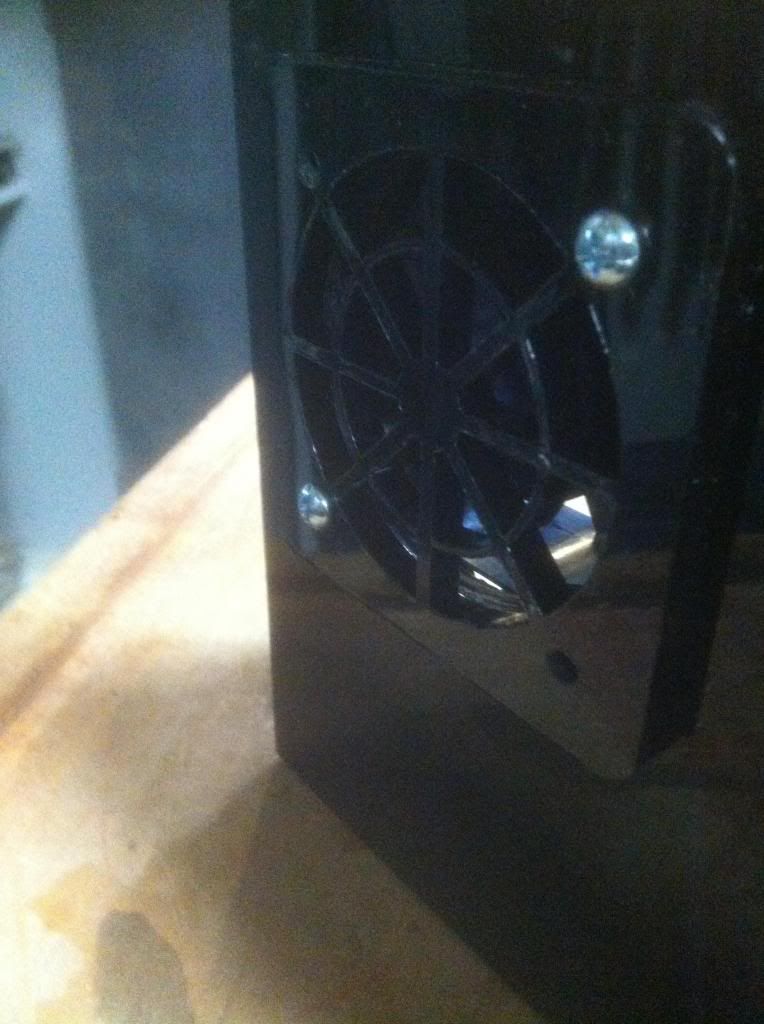I'm in the process of finishing my degree back at UW in Washington while I move my wife out here to Denver. I'll officially make the move here this summer when I'm done. In the mean time, I've been working with a team of guys and have convinced them to take on a marine aquarium related project for our senior project. I thought I would share it here with the community to get some feedback and get to know you all before I can actually make the move and start setting up my next tank and attending meetings. (Here's a link to my first introduction a few months ago: New to Colorado, not new to the hobby)
We're in the Computer Engineering department at University of Washington Tacoma (UWT) and the requirements for our project are a little nebulous. Basically, we are to find a real world problem, and engineer a solution by integrating hardware and software components, including some micro-processor.
Here's the general proposal:
Many hobbyists have cameras they can access remotely (IP cameras, or USB cameras set up through something like Skype). This allows them a fixed viewing angle of their tank. What if they had a system mounted over their tanks that allowed them to move the camera throughout the tank?
Our prototype would be a 2 (or 3) - dimensional axis system similar to a CNC design that would fit below the lighting but could traverse throughout the tank. The possible third axis would allow the camera to change depth of the camera fixture in the water. The camera would also be able to rotate within the acrylic housing and tilt up and down.
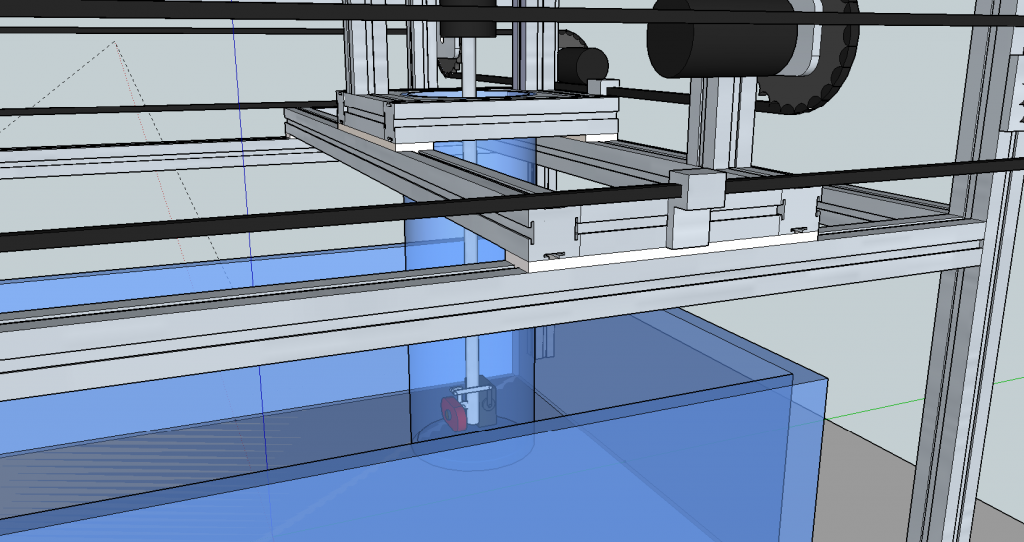
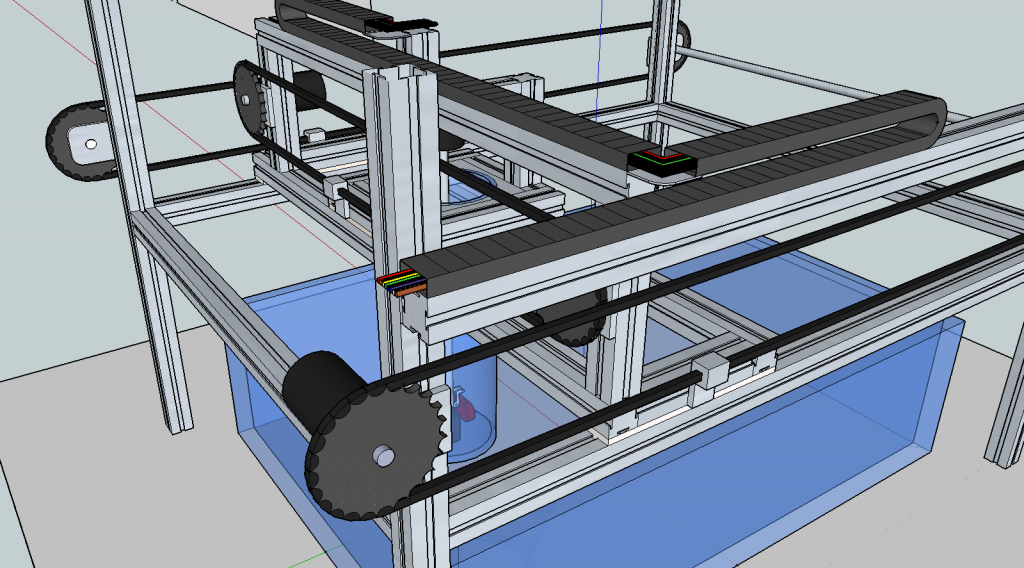
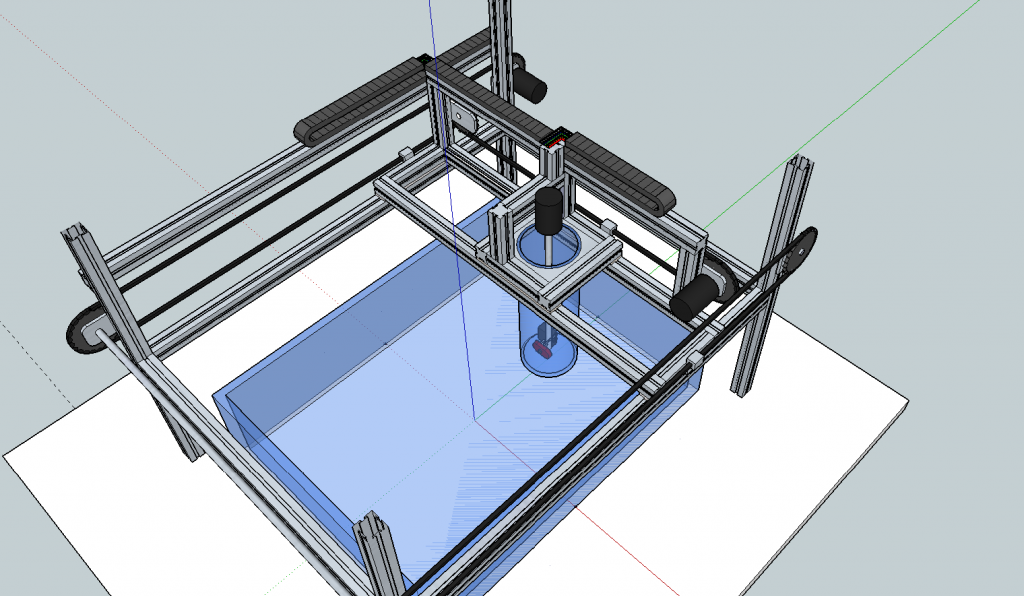
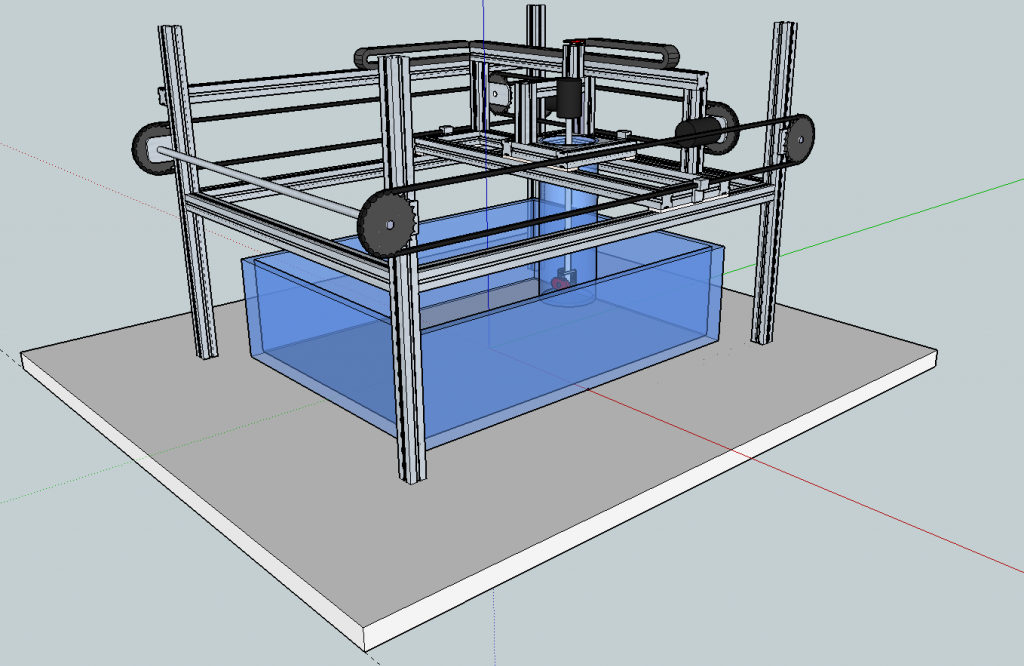
A couple notes about the design:
1. This sketchup file shows the initial design which I admit is quite bulky. We would have to optimize the design so that it takes up as little space as possible.
2. Components and drive systems would clearly have to be made out of materials able to withstand the harsh environment of the typical marine aquarium hood with salt-creep and higher humidity.
3. The final design would have to ensure that certain cross-sectional areas of the aquarium be able to be designated "no-fly" zones. By "no-fly" zones, I am referring to regions like overflow boxes, or areas of heavy coral growth that you don't want to run into.
4. The initial design would be a stand-alone unit with a computer monitor and control box (thumb-joysticks) directly tethered to the system. The next step in the design would integrate the control and viewing screen into a computer Graphical User Interface (GUI) which ideally would be accessible remotely through a secure internet connection.
So, the question to the general community is, does this project interest you? If this were a commercially available product, would you consider purchasing a custom fit version for your aquarium? This is, of course, somewhat dependent on the price. We aren't seeking funding. Rather, we are gauging interest in the project to facilitate approval by the committee at UWT that approves or disapproves our project design. To those unfamiliar with the hobby, this sort of project seems like more of a novelty than a commercially viable solution to a problem. Any feedback is much appreciated.
We're in the Computer Engineering department at University of Washington Tacoma (UWT) and the requirements for our project are a little nebulous. Basically, we are to find a real world problem, and engineer a solution by integrating hardware and software components, including some micro-processor.
Here's the general proposal:
Many hobbyists have cameras they can access remotely (IP cameras, or USB cameras set up through something like Skype). This allows them a fixed viewing angle of their tank. What if they had a system mounted over their tanks that allowed them to move the camera throughout the tank?
Our prototype would be a 2 (or 3) - dimensional axis system similar to a CNC design that would fit below the lighting but could traverse throughout the tank. The possible third axis would allow the camera to change depth of the camera fixture in the water. The camera would also be able to rotate within the acrylic housing and tilt up and down.




A couple notes about the design:
1. This sketchup file shows the initial design which I admit is quite bulky. We would have to optimize the design so that it takes up as little space as possible.
2. Components and drive systems would clearly have to be made out of materials able to withstand the harsh environment of the typical marine aquarium hood with salt-creep and higher humidity.
3. The final design would have to ensure that certain cross-sectional areas of the aquarium be able to be designated "no-fly" zones. By "no-fly" zones, I am referring to regions like overflow boxes, or areas of heavy coral growth that you don't want to run into.
4. The initial design would be a stand-alone unit with a computer monitor and control box (thumb-joysticks) directly tethered to the system. The next step in the design would integrate the control and viewing screen into a computer Graphical User Interface (GUI) which ideally would be accessible remotely through a secure internet connection.
So, the question to the general community is, does this project interest you? If this were a commercially available product, would you consider purchasing a custom fit version for your aquarium? This is, of course, somewhat dependent on the price. We aren't seeking funding. Rather, we are gauging interest in the project to facilitate approval by the committee at UWT that approves or disapproves our project design. To those unfamiliar with the hobby, this sort of project seems like more of a novelty than a commercially viable solution to a problem. Any feedback is much appreciated.

